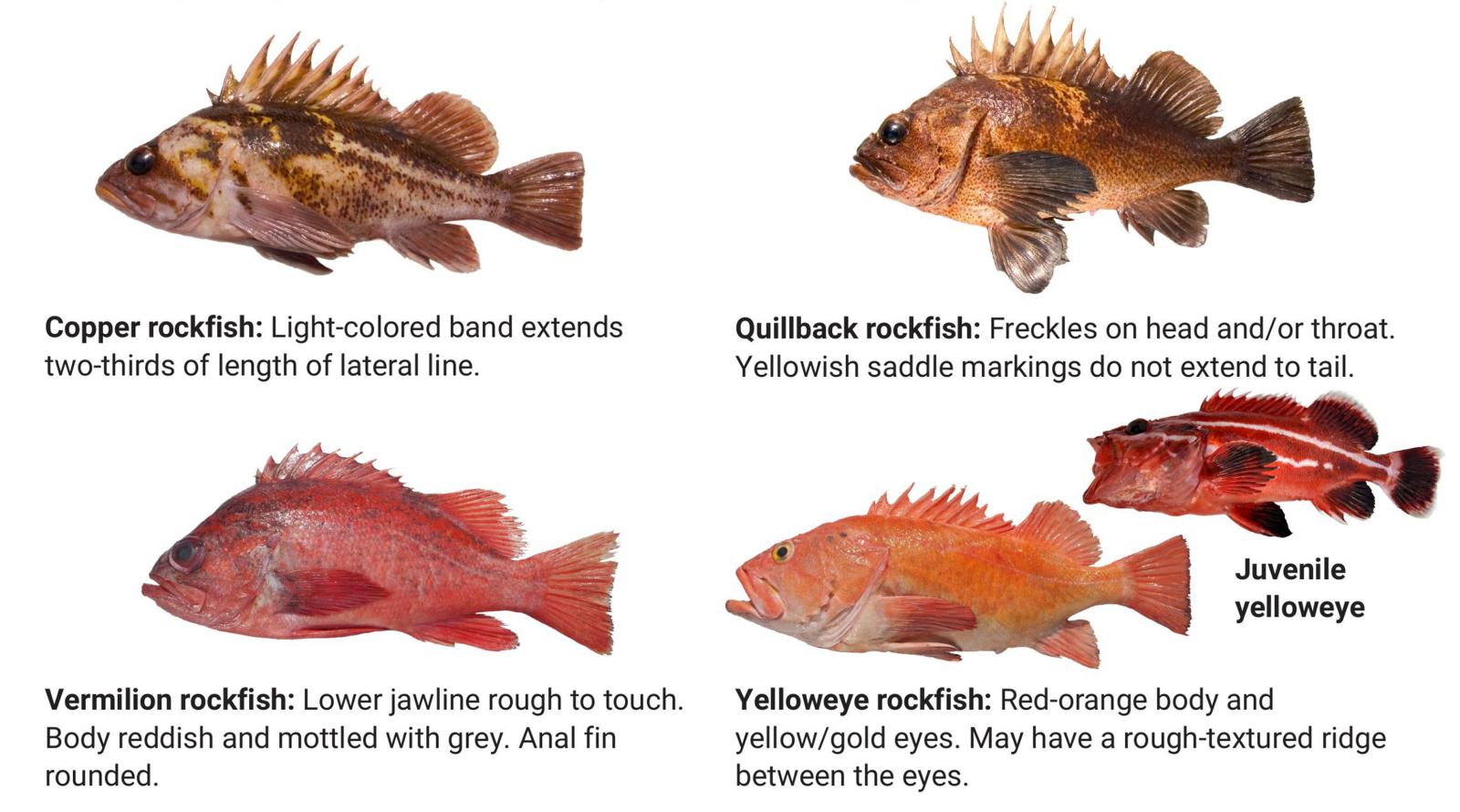Fishing & Shellfishing
Some of the best fishing opportunities in the nation are available in Washington. From fly-fishing for bass and trout on freshwater lakes and streams east of the Cascades to trolling for salmon along the coast to crabbing in Puget Sound, Washington offers a diverse and unique outdoors experience. Find the experience that's right for you, whether you're a long-time angler or a first-time fisher.
In this section
-
Want to fish in Washington? Keep up to date with the latest fishing rules and regulations.
-
Shellfish harvesters have an assortment of opportunities in Washington.
-
Whether hiking to a remote lake or heading out for a day on the ocean, fishing opportunities abound in Washington.
-
Find information about the latest creel and stocking reports in Washington waters.
-
Learn about fishing techniques and equipment, along with suggested preparation and cooking methods.
-
A guide to how WDFW manages fish and shellfish.
-
Learn about how the Washington Department of Fish and Wildlife works with tribal and federal fishery managers to manage the state's fisheries.
-
Learn about upcoming adult and youth fishing contests and events around the state.
-
Fish and shellfish harvested in Washington waters make their way to markets around the world.
-
Monofilament line can cause problems throughout the environment when it is lost during fishing or improperly discarded overboard. Learn where you can discard used fishing line.
-
Find out where, when, and how to enjoy fresh, local, Washington seafood.
Fishing news & important dates
The 2025-2026 Washington recreational salmon fishing seasons were tentatively set and are scheduled to be adopted by NOAA Fisheries in early June. You can read the North of Falcon reflections by Kelly Cunningham, WDFW Fish Program Director.
Anglers across Washington can look forward to the start of lowland lakes fishing on April 26, with thousands of anglers expected to visit lakes statewide. This year’s opener also marks the 10th anniversary of the WDFW Trout Derby, featuring more tagged fish and prizes than ever before.
Conservation starts here

With the recreational bottomfishing season underway on the Washington Coast, anglers are reminded about rockfish rules.
Marine areas 10 outside Elliott Bay, 11, and 13 will remain closed due to low estimated spot shrimp abundance. Additional dates may be announced if quota remains after the initial shrimp fishing days.
The Washington Department of Fish and Wildlife (WDFW) is asking for public input on management strategies for salmon and steelhead in Lower Columbia River tributary fisheries.








